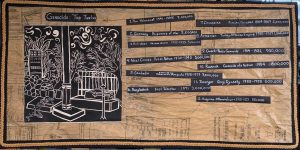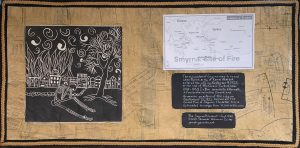The following work was created over several years of wonderful explorations, relationships, creations, and unexpected moments that I never thought I’d ever be a part of. To collaborate with others is such a great experience but it takes a lot of give and take and some can’t handle this open sharing of ideas. It is not for all. However, when it all seems to flow gracefully into a positive collaboration, you know you are going to push yourself into places you’ve not been before. That is the adventure of learning new things. I did not have the confidence in my past life to imagine what I would accomplish jumping into this amazing experience. I learned oh so very much and sucked it in like a sponge. I want to thank all of the wonderful humans beings I met along the way. I am so grateful for all the experience I was able to absorb through out this process.
How we collaborated and created our theatre design and exhibition.
We began to discus the art of telling stories and how much fun it was to read various kinds of tales. As a young child I loved reading all kinds of fairy tales that came in comic form many years ago. I still have a few of them. The most important part of my collection of fairy tales was the book of Grimm’s Fairy Tales. This is a collection of stories by Jakob Ludwig Karl Grimm (1785-1863) and brother, Wilhelm Karl Grimm (1786-1859). This book is very old since my mother won it in a spelling bee when she was in grade school. It contains all the stories collected from one of the very, early publishers. ‘ 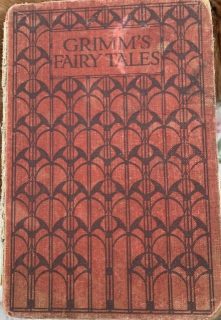
The Book that started it all, The Juniper Tree.
I loved the story because the boy raises triumphantly and re-unites with his step-sister and father.
I loved many of the stories in this book. Not all are gruesome but I happened to love the most gruesome tale they collected. I loved the story because the little boy conquers all in the end. Little did I know that this story was the most gruesome of the collection because it touched on several forbidden practices known to human beings. In addition, it is the longest story within the Grimm’s collection and it is the only story that actually has a real author. His name is Philipp Otto Runge who was an artist from 1777-1810.
We talked about how the fairy tale represents a very different outlook on the female character. Phillipp Runge made her out to be a frustrated wife who murders her step son. An a-typical characterization of the evil stepmother. This did not sit well with us knowing that this woman must have been in such a state of desperation. There were other observations we began to pick out. The only character who was given a name was the young daughter of the stepmother. The young boy, the stepmother and the father are never named in the story. Why? We also discovered that not only did she commit murder, she also fed the son to her husband. In addition, she let her own daughter think that she had killed her brother. Oh, she was a demon for sure.
We began to make plans and started to talk about creating images built around the Juniper Tree. It was so very magical. We met throughout the whole of the Covid situation with messages, e-mails, zoom meetings etc.
We attended a show that was featuring a hike to a site near Little Catalina with rare fossils. However, we noticed another exhibit next door dealing with Bee’s. It was set up so that you walked through the exhibit and you could hear bee’s buzzing about. It was the idea of the hanging images that struck us. It was exactly what we were looking for.
So we hunkered down and designed a plan based on the Bee exhibit. The idea was to have the viewer travel around the exhibit. Here is the very first concept.
There were many changes overtime and I’ll get back to the development of the exhibition as we go along.
During our time together we also discovered Cyanotype. This method was used to create blueprints. It is a light sensitive liquid which can be used to coat paper and material. We got together and played with cyanotype all day long. It was such a wonderful experience. I became very serious about this process and began to look at creating images using this wonderful method. I immediately discovered that 100% cotton was the very best to work this magic because of the tight even weave and the natural qualities of cotton. Here are my very first images dealing with the story “The Juniper Tree” and the story of my grandmothers experience with genocide:
Above you can view the various stages I went through to create the characters I used in my telling of both stories. Many changes were made.
I researched the fashions of both Military and Greek Orthodox Priests around the 1900’s.
Another group of refugees within a Landscape. I did create a background and embellished all my cyanotypes with embroidery.
The Greek Orthodox Priests were young and old with different types of robes worn. They are ghosts in the background. You’ll see the final results further down this article.
As you can see I am working on two different themes. I created 15 cyanotypes dealing with the Juniper Tree fairy tale but I also dealt with the fact that my Greek Yia Yia was subjected to great violence during the Genocide of the Greek and Armenian population in Turkey during the 1920’s. The whole situation was overwhelmingly horrific. To this day the Greek and Armenian population are still reeling over the fact that so many family connections were lost due to name changes for fear of being suspected as a Greek or Armenian in Turkey. Many were in the process of fleeing the country.
Above, you can see Smyrna burning.
Here you can see the many frightened people trying to escape the Turkish Army. My grandmother was one of them. Today this port is called Izmir.
The above photo’s are archival images of what it was like during the burning of Smyrna. Here is where I think my grandmother escaped from Turkey. It’s the only site that makes sense. We know that she arrived in Greece via a ship of some sort and ended up on my grandfathers parents farm working as a farm hand. We also know that my grandfather, being in America, wrote a letter to his relatives in Greece asking them to find him a wife. He was around 40 at the time and my Yia Yia was around her early 20’s. All of this sets the stage of our family history filled with verbal abuse and, in some cases, physical abuse. The story of my Greek side coincides with our intention to further illustrate that family strife, abuse, and fear are still going on to this day. From 1700 to 2023 it’s rather incredible that society has changed little over the centuries. We are still abusing women, children, husbands in oh so many ways. When are we going to wake up and realize that we need integrated family counselling all across this world of ours.
I was so lucky to have been contacted by my cousin George in Chicago. I was so happy to re-connect with a few of them. I even went down to Chicago to meet a few of them once again and reconnect more seriously.
This prompted me to start asking questions about my grandmother and grandfather. Where did they come from? I discovered that my grandmother (YiaYia) had a very violent past. Those who lived with her knew but the memories were hidden deep in their subconscious and I had to ask the same questions over and over again simply because I was receiving questionable facts. I still do not know my grandmothers birthdate. However, I tried my very best to figure out the process in which Yia Yia arrived at my Grandfathers farm in Greece.
As we met and talked about our work we began to speak of personal experiences that were traumatic for us. We all had a story to tell. I recalled my Greek grandmothers experience. I know she must have been in her late teens when she had to flee for her life. I know that she witnessed her parents execution. I also was told that she had a brother. No one knew his name, or the fact that he existed but according to one of my cousins, he killed himself while they were on the run in the forest. According to one cousin she then hooked up with some Gypsies and traveled with them for a short time.
I do know the birth dates of her children and I do know that she arrived on a ship from Turkey to Greece. I also know that she had to be approximately in her early late teens or very early 20’s. The only thing she was able to save was a typical oval framed photo of her father that had bubble glass within the frame. It was small and was the only possession I know that came from her immediate family.
Here is the map of Turkey and Greece. I’ve pointed a red line to the position of Smyrna in Turkey.
Here are the first ideas I used to build the story telling using cyanotype, dress makers patterns and embroidery for embellishment. I also made a print of a Juniper branch using a Lino block and thin Japanese paper. I used phrases from the story to further embellish the canvas. I also included a white, old fashioned rose.
Image A is the very beginning layers that were placed onto the canvas with watered down glue. Image B is the final coating of the three canvases here. There were three more completed. C is the carved out linoleum block of a Juniper Tree branch. And D is the printed results of my efforts. E. I also had to do the “evil eye” Both images were printed on a kind of Japanese paper.
A
B
A. Final Cyanotype with embellishments created with embroidery.
B. A typical Greek family. The priest is my Great-grandfather. I drew him from the portrait my cousin Maria has hanging on her wall.
C. Here is the final composition with the various priest in ghostly repose spilling blood from their wounds. The military firing squad ready to fire.
D. Here is a great example of and Istanbul Turkish church.
Image A depicts the bombardment of the Turkish people to eradicate all those who did not believe in their religion. The woman and girl represents the typical scene during the Genocide of Greeks and Armenians of humans having to flee with just a few possessions and nothing else. Many died on the way to the Greek border or found a ship to take them back to Greece. B. My Great Grandfather is on the right. C. Many faced some sort of death sentence. D. The Hagia Sophia in Istanbul.
As we went along with this project we were brave enough to apply for a residency at the Arts and Culture Center in St. John’s, Newfoundland. Oh my gosh, we were so surprised when they accepted our proposal and made our stay at the ACC such a wonderful experience. I will never, ever forget the joy we had going to our studio at the ACC. We had almost a year of using two large spaces to accommodate our work. It was the most amazing time to be able to create my work with my collaborator, Kelly Bruton.
We created two large sculptures dealing with the story. Here is the bird and the millstone.
Finally we have made five canvases with three dealing with the Juniper Tree and two that deal with the Genocide in Turkey.
I began by creating the cyanotype and then attaching them to a thick sheet of laminated paper I made using dressmakers patterns. I then embroidered a blanket stitch to attach the image. I included prints of the evil eye and a juniper branch along with old fashioned white roses to embellish the work. I also used quotes from the book that were printed on home made paper.
The backs of these canvases held the black and white images of prints made using linoleum on very think paper. This was done so that light could shine through them. I painted the backs of the canvases black and then added tinfoil to enhance the brightness of the mini lights I installed and then covered the the whole back with a full handmade sheet of paper, again using dress makers patterns. This was attached using Velcro and trimmed with a gold braid. We also made very small jackets for the batter pack that were attached, using Velcro, to the bottom of the frame.
The back of each of these canvases contains information dealing with the death of women in Newfoundland from the 1700’s to 2017. The list is not complete since there were a few gaps between years that deaths of women were not reported. Here is the list of women I used for this project.
https://www.saltwire.com/newfoundland-labrador/news/murdered-and-missing-women-and-girls-of-newfoundland-and-labrador-remembered-154697/
Here are the two canvases used for the story of my grandmother (YiaYia) who ran for her life during the Turkish Genocide in the 1920’s.
A Again I used the same method to attach the cyanotypes to the canvase. I also used the evil eye made from a linoleum print on Japanese paper. I added on a Greek Orthodox Church and a Muslim Mosque with a Greek Orthodox family between them.
B Here is the depiction of a firing squad which represents all the priest that were shot to death or be-headed during this time. I also included a refugee family in amongst the destruction caused by the war. The last is the mosque bombing the Orthodox Church with a mother and daughter fleeing from the threat of death.
List of genocides
The term genocide is contentious and as a result its definition varies. This list only considers acts which are recognized in significant scholarship as genocides by the legal definition of the 1948. List of genocides in reverse chronological order
I chose to look up how many genocides have occurred within history. There are a lot. So I chose to illustrate the top 12. Recently there has been an addition to this top 12 list but I have not included them.
I’ve included the map of Smyrna which is located in Turkey. It is now called Izmir.

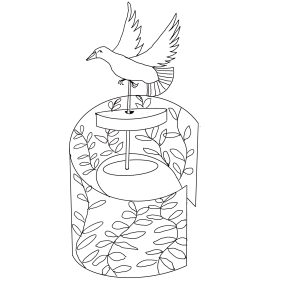
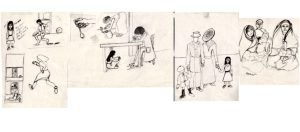
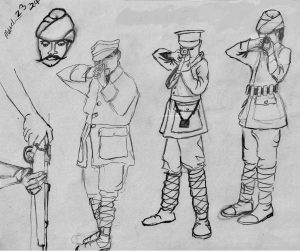 ”
”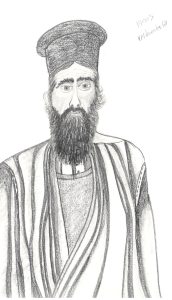
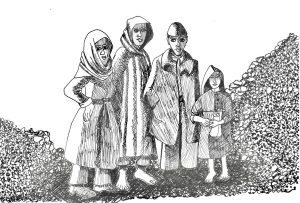
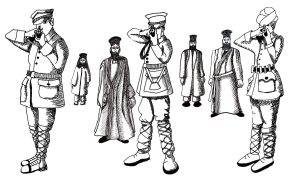
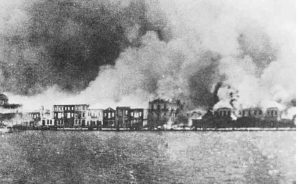
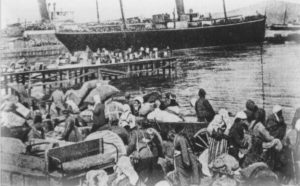
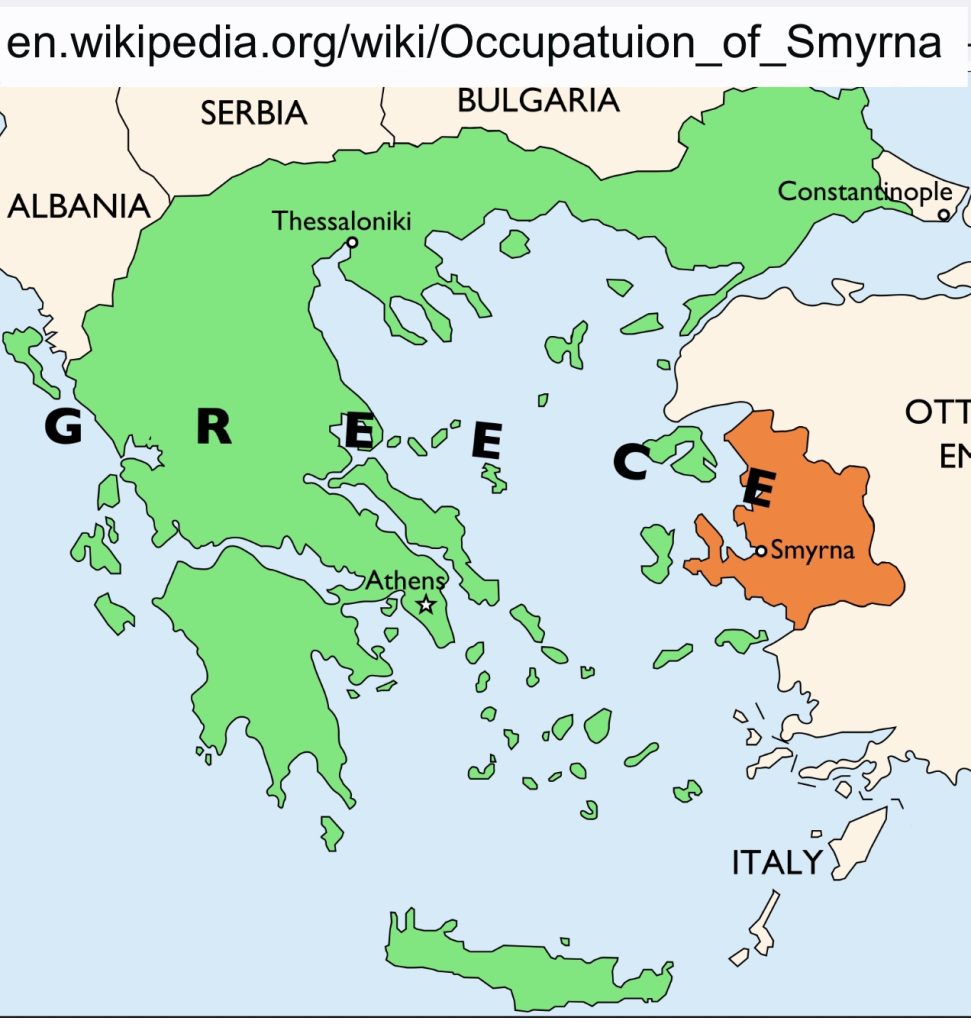
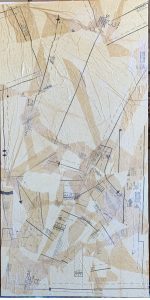
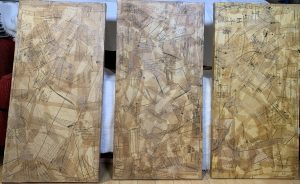

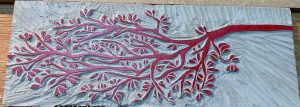
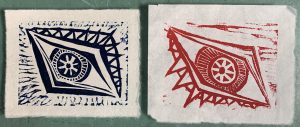
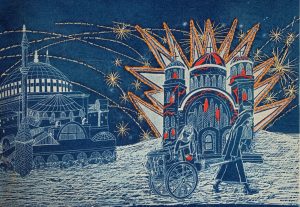
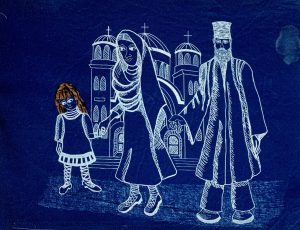
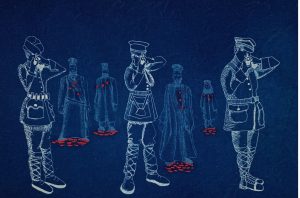
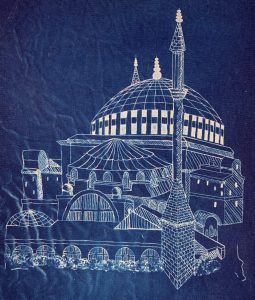

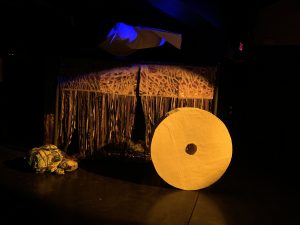 .
.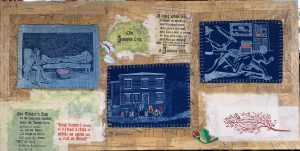
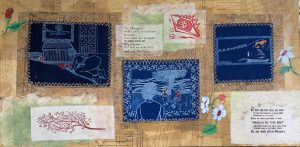
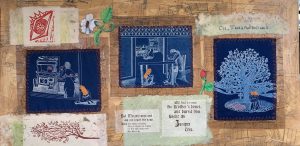
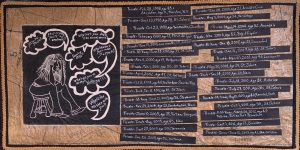
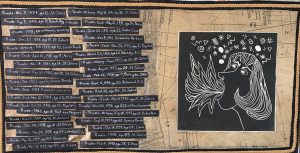
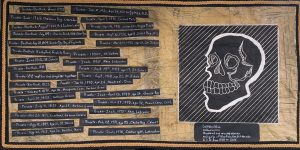
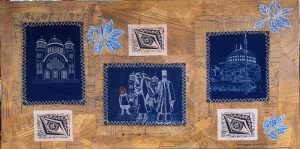
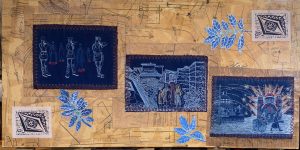 \
\